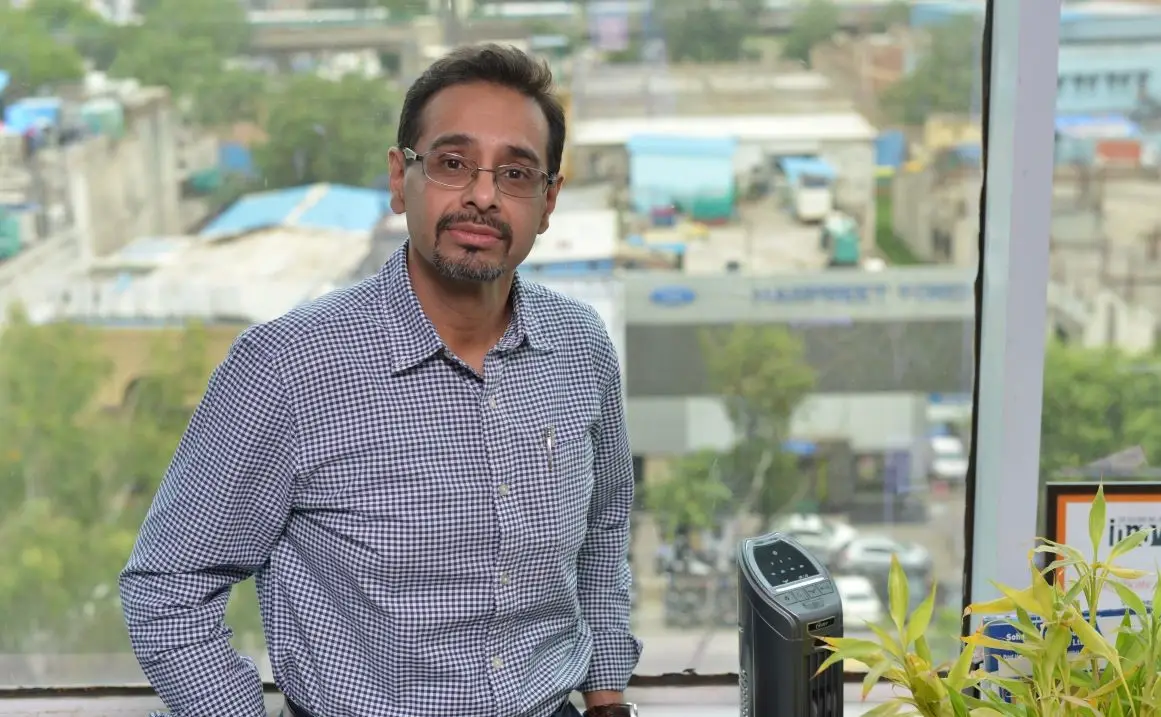Wednesday, 3 December 2025

By deploying GPS-enabled digital locks across more than 1,500 high-value storage facilities—including warehouses, cold storages, silos, and oil tanks—Sohan Lal Commodity Management (SLCM) Group is doing more than just fortifying its infrastructure. It’s confronting one of Indian agriculture’s most persistent and under-addressed crises: post-harvest loss.
The scale is staggering. Every year, India reportedly loses over Rs 1.5 lakh crore worth of produce after harvest. In parallel, nearly 28 million tonnes of food grains—intended for the poor under the Public Distribution System—vanish through theft, diversion, or systemic inefficiencies. That’s not just a logistical failure. It’s a breach of national food security and a blow to farmer incomes.
Enter SLCM’s digital intervention. At a time when trust in the post-harvest value chain is frayed, the company is banking on precision tracking and tamper-proof transparency. These smart locks, deployed across 240 districts in 19 states, are GPS-enabled, geofenced, and synced with a cloud-based audit trail. If a warehouse door is opened outside a permitted location or timeframe, alerts are sent in real time. Every access event is logged—even offline—and automatically fed into the company’s monitoring platform.
This isn’t just a tech upgrade. It’s a strategic realignment of incentives. For farmers, it means their stored produce is safer and more traceable. For banks and NBFCs, it creates a layer of digital collateral verification, unlocking new possibilities in warehouse receipt financing. For the public sector, it offers a rare mechanism to combat grain leakages in the PDS.
But more importantly, it signals a shift in the way India’s agri-logistics sector is thinking: from manual vigilance to digital assurance, from reactive controls to predictive visibility.
SLCM’s move fits into a broader trend where agritech is moving beyond just on-farm innovation. As the government pushes for digital public infrastructure across the food and farm economy—be it e-NAM, ONDC for agri, or agristack—post-harvest tech is emerging as the next frontier. Here, data isn’t just a record; it’s a risk mitigator. A well-secured warehouse isn’t just a storage site; it’s an enabler of working capital and supply chain confidence.
For now, SLCM has taken a bold, necessary step. In locking down its storage footprint, it may well have unlocked a new chapter for India’s grain economy—one where every bag is counted, every movement is tracked, and every tonne secured against the invisible drain of inefficiency.